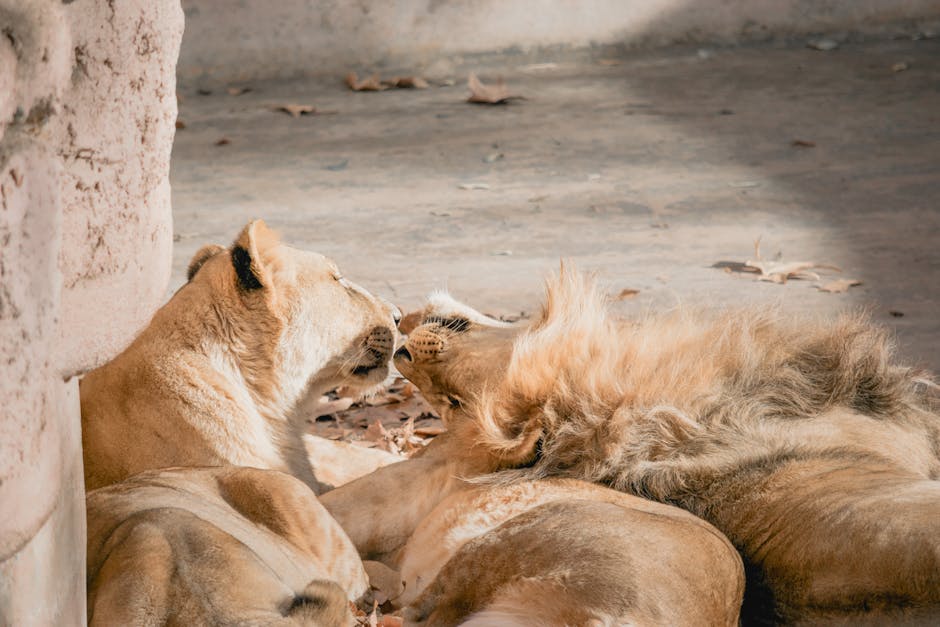
Wildlife Conservation and its Importance in Saving Endangered Species
Wildlife Conservation and its Importance in Saving Endangered Species
Wildlife conservation plays a crucial role in preserving our planet's biodiversity and ensuring the survival of various species facing the threat of extinction. It encompasses efforts aimed at protecting the habitats and ecosystems that support diverse wildlife populations.
Conservation initiatives focus on safeguarding endangered and vulnerable species from further declines and promoting sustainable practices that harmonize human activities with nature. Such measures are especially critical in the face of escalating habitat destruction, climate change, and illegal wildlife trade.
The Significance of Wildlife Conservation
1. Biodiversity Preservation: Protecting wildlife contributes to maintaining the Earth's rich biodiversity. Each species has a unique role within its ecosystem, and the loss of one species can have cascading effects on others.
2. Ecological Balance: Wildlife conservation helps maintain ecological balance by regulating population sizes and ensuring the health of ecosystems. Many organisms rely on the services provided by different wildlife species, such as pollination, seed dispersal, and nutrient cycling.
3. Medicinal Advancements: Numerous plants and animals found in wildlife habitats hold immense potential for developing new medicines. Conserving these species ensures that future generations can benefit from their natural medicinal properties.
Efforts in Wildlife Conservation
1. Protected Areas: Establishing national parks, reserves, and other protected areas enables the preservation of critical habitats and provides safe havens for endangered species.
2. Community Engagement: Engaging local communities in conservation efforts is vital for achieving long-term success. Involving residents in sustainable practices and ecotourism helps create economic opportunities while protecting wildlife.
3. Awareness and Education: Spreading awareness about the importance of wildlife conservation is crucial. Education initiatives can promote responsible behavior and encourage individuals to make environmentally conscious choices in their daily lives.
The Role of Technology in Wildlife Conservation
Technology plays a significant role in enhancing wildlife conservation efforts:
1. Remote Sensing and GIS: Remote sensing technologies allow for the monitoring and mapping of critical habitats, helping identify areas at risk and planning conservation strategies accordingly.
2. DNA Analysis: DNA analysis aids conservationists in identifying endangered species, tracking wildlife movements, and combatting illegal wildlife trade.
3. Citizen Science: Citizen science platforms empower individuals to contribute valuable data through observations and monitoring, increasing our understanding of wildlife populations and their habitats.
Wildlife conservation is a collective responsibility. By supporting conservation initiatives, we can help protect endangered species, preserve our planet's natural wonders, and ensure a sustainable future for all.
